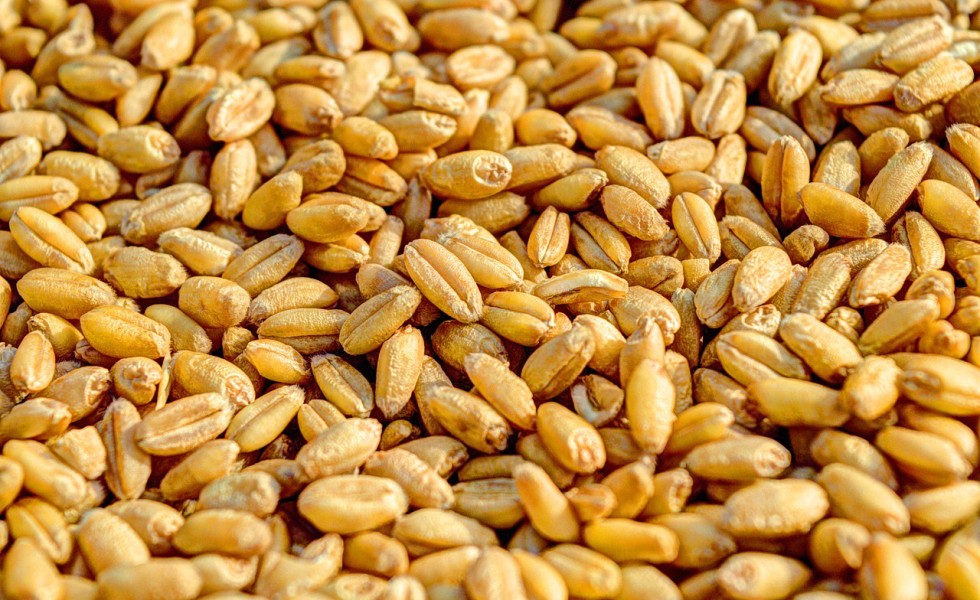Laughter Is No Longer the Best Medicine
Posted on May 13, 2020

One reason—there were others—for my departure from farm magazine writing was laughter. Let me explain.
In the early-1980s, the world, like now, was headed to hell in a hurry and agriculture was leading the parade. U.S. interest rates were a crushing 14 percent, farmland prices were on their way to plunging 40 percent in just five years, and grain prices were poised to fall off a cliff.
In the middle of this calamity, I suggested to Successful Farming’s managing editor, a devoted pipe smoker, that I write a story on the aching need for “a national coordinated food policy.”
My words hit his brain just as a drag of tobacco smoke hit his lungs and his laughter and coughing were so convulsive that all he could do was wave me out of his office. He then laughed every time he saw me the following week.
The joke, as it turns out, was on us.
In 1985, federal policymakers, led by Big Ag, responded to the crisis as they always had: they spent billions to remodel and repaint old policies instead of daring to create new ones.
Two were genuine golden oldies, ethanol and the CRP, or Conservation Reserve Program. CRP was sold as a 10-year soil conservation tool and ethanol as a short-term alternative to use up an enormous corn carryover.
Thirty-five years later, both temporary programs remain.
In the 1990s, more market woes delivered the “revolutionary” Freedom to Farm (F2F) law. The revolutionary part, it turned out, was that it suspended economic reality. Under F2F, farmers received government checks to, literally, outbid, outspend, and out-produce their neighbors.
And, boy, did they. F2F went from being a seven-year, $50-billion concept to being a six-year, $143-billion farm policy train wreck.
In the 2000s, Congress really jumped into the breach with crop insurance, another worn tire from the past. This time, though, they supercharged it with enormous subsidies to entice farmers to use it. What was left out, critics warned, was an effective tool to lift farm income should a big production-low price spiral hit. Relax, Congress said; this’ll work.
And it did until it didn’t. By 2016, net farm income had collapsed 30 percent from just three years prior.
Without an escape hatch, farmers did the only thing they could: they grew more to boost gross revenue. That, in turn, pushed commodity prices even lower and the downward spiral steepened.
Which is where we are today despite, according to the U.S. of Department of Agriculture (USDA) statistics, having spent $1.067 trillion (2019 dollars) on federal farm programs since 1933, when they were institutionalized.
More surprising, one-third of that total, or $364 billion, has been spent in just the last two decades, despite 2011 through 2015 having been one of the most profitable five-year periods ever in American agriculture.
On the plus side, the money has underwritten the cheapest, safest, most abundant food supply in the history of the world. No small achievement. It has also fed millions more around the world and helped plant peace in some of its darkest corners.
But that cheap abundance isn’t looking cheap anymore. Foreign companies, some tied to domestic corruption or unfriendly governments, sit atop our meat, seed, fertilizer, and chemical supply chains. As such, they shackle us to their corporate needs, not our national interests.
At the same time, those remnants of rural America that haven’t been run over, paved over, or turned over to corporate ag—local butchers, small flour mills, and community supported ag groups and farmers—are now overwhelmed with new business during the Covid-19 crisis.
The lesson here is obvious.
Meanwhile, Congress and USDA, their lessons still unlearned, are gearing up to spend another $30 billion—and maybe far more—to remodel, repaint, and rename more boom-and-bust ag policies from the past.
No one, however, is laughing anymore.
Share This